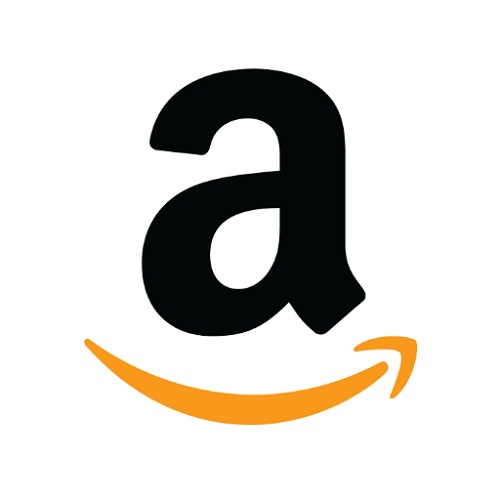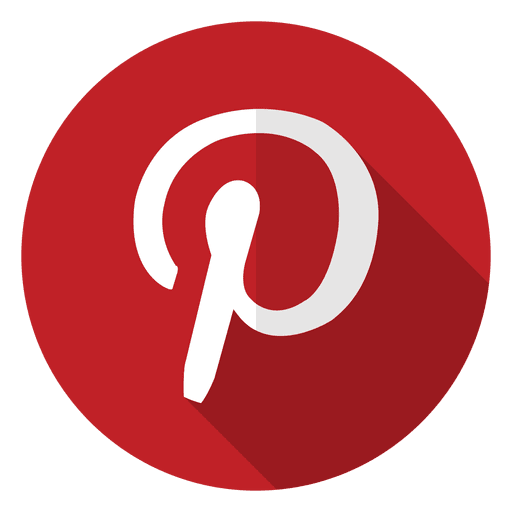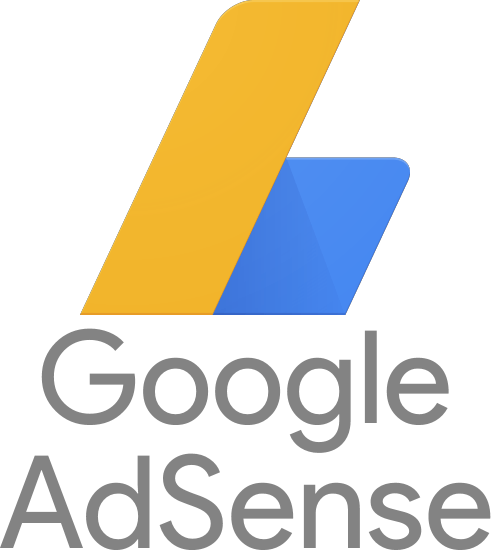How We Focused On Email Marketing And Grew 30% YoY
This is a follow up story for Ugly Duckling. If you're interested in reading how they got started, published almost 5 years ago, check it out here.
Hello again! Remind us who you are and what business you started.
Hi, I’m Ishan Dutta and I’m the founder of Ugly Duckling Hair Color. I started the company more than 5 years ago to create better professional hair color products.

Our main focus is very vibrant, fashionable colors. Especially all manner of blonding products. There’s a great demand right now among women to go really, really white blonde, silver-blonde, ash blonde. And we’re the company which provides the best products in this niche.
We are a direct to consumer brand and that is another differentiating factor. Most professional hair products are sold into beauty stores, Sally’s, and the like. But we just ask you to create your own account online and we ship directly to you.
Another major point of difference about us is that we are there to solve your coloring problems. Personalized color advice. Because as soon as people get into fashion color, they start running into a whole series of sometimes quite tricky questions:
- My ends are blonde, but my regrowth area is dark brown. What do I do?
- I colored my hair blonde, but they are still brassy. What toner do I use?
- I want to go lighter. How long do I bleach my hair for?
- Every time I try to lift my hair with bleach, my hair runs orange. What am I doing wrong?
We solve these problems through an online color consultation process. We also have live help and chat service as well which our customers greatly appreciate.
Our clients are mainly professional colorists who are looking for a better color line that will suit their needs. Many of the color lines out there from the bigger companies were formulated years back when the taste for color was warmer and more golden.
These days, people want very cold, very ashy colors. Anything warm, or golden, or brassy is a no-no.

We’ve evolved a lot since we first started.
As soon as we could see where the pain points were, the unmet needs, we doubled down on them and really tried to bring out not just one, but a whole series of products that could respond to those pain points. That is still the way we work and the way we think when we are trying to figure out what to launch next.
We’ve also launched some very good hair-care products. Again, there are a lot of hair care products out there in the market. But our products are a little different. They need to be when you’re selling on the internet, otherwise, you’re dead!
After a lot of development work, we brought out a hair care line for bleached and highlighted hair which repairs bonds and prevents hair breakage. You can see a picture of it below. It proved to be a big success, and we literally can’t keep up with demand!

In general, growth has been good. I mean, we’re no Uber or Zoom, we are not like doubling every month.
But overall average annual growth of around 30% every year is what we’ve achieved.
We’ve had our ups and downs (more on that later!)
But what I’m really happy about is that around 50% of our orders are repeat orders. This is important because it means that customers are happy purchasing from us, happy with the whole purchase process, and like our products enough to keep coming back for more.
Color is repeat business, anyway. It should be a repeat business if you’re doing things well.
Tell us about what you’ve been up to! Has the business been growing?
Yes. As I said, growth has averaged out over the past 5 years to around 30% per year. But there have been significant changes in where we have got our business.
A big part of success is just staying alive, If your business stays alive for five years, there’s a good chance it can stay alive for another five years.
When we first launched, in 2016, Facebook was immensely helpful. We were truly fortunate to get the backing of some very influential hairdressers out there, people like Elona Takifor instance.
She produced some sensational training videos which went viral on the internet, producing in some cases several million hits.
Here is one such video, for example:

In this “Phase One” of our business, let’s say from 2016-2018, the growth was all social. We were gaining Facebook and Instagram followers and people were learning about our brand and going straight to our site and buying. We were advertising massively on Facebook and getting back our spending in terms of immediate traffic and immediate sales. It was great!
But over time, we started to notice the effectiveness of social started to decline. We started to see a decline in our Facebook advertising returns and our ROI started dipping below 2.5x. 2.5x is a kind of minimum threshold for profitable ad spends for us and probably for most e-commerce merchants.
So we had to reduce our FB advertising budget. We also started to get seriously concerned about where we were going to get our growth.
That’s when what I would characterize as “Phase Two” of our business started. This was the phase where we started to move away from what was in hindsight an excessive reliance on Facebook and we started to look elsewhere. Towards email and content marketing in particular:
Let me explain both these below:
First, Email.
Email marketing really does work. But you need to do it right. Let me give you a few tips from what I’ve learned over these past few years:
- Put in a freebee offer (it could be a pdf download, a sample product, or a discount voucher) and make sure people need to sign up with their email to get the freebie.
- In this way, you will be getting your email leads. Those people who have signaled some kind of interest in your products.
- Set up an automation to send these email leads one email per day for seven days as soon as they sign up.
- Do not talk about deals or promotions in these emails.
- Instead concentrate on the problems or issues that your customer is likely genuinely bothered by, which is why he or she visited your website in the first place.
- Try and give some genuine information or value in these emails. That would be the best way of positioning your brand as a little different from all the rest out there.
- In addition to your “leads funnel”, you need to have other automation set up.
- The abandoned cart email is statistically the most profitable. At least 3 follow up emails to clients who added products to their cart but did not complete their purchase.
- Another automated email you need to set up is for people who have purchased to get them to repeat. Try and estimate when they should be purchasing from you again and send them a series of emails to remind them.
- For example, for us, we’re in the color business, women typically are looking to refresh their roots around 60 days after they color their hair. So we have emails going off to people 45 - 60 days after their purchase.
- Also, you will want to send newsletter emails to your customers regularly.
- With all your emails, my opinion is that it’s better not to send branded emails with your company’s logo on the top with deals and promotions. You can do that once in a while, but not all the time.
- Instead, do what the professionals do. Send unbranded, personal emails, written as if from a true friend. Try and address your customers’ problems in these emails rather than sell them stuff.
- For all emails, the subject line is key. That is what determines whether the customer opens your email or not.
- You need to try and arouse your customers’ curiosity and then get them to click on a link to take them to your website. That’s your goal.
What sort of stats should you be getting?
Well, we typically get open rates of 30-50% on our email leads funnel and a click-through rate of 10-15%. I believe that is pretty good.
For newsletter emails, we get open rates of around 10-12% and click rates of around 1%.
In all, the business generated from email accounts for around 20% of our total business. Which is obviously a very significant proportion of our overall business.
Here’s a screengrab of the traffic we get from email marketing:

As you can see from the above screenshot, we used to do zero email marketing (pure ignorance!). Today, we get around 2,000 users on our website every month who have come in via a link they have opened on our email.
And what is important to remember, is that unlike Facebook advertising, sending an email is super cheap.
Now, for the other activity which we have been doing a lot of in the past two years, content marketing:
It drives over 80% of our website traffic and almost 50% of our total business.
All this traffic is coming in because of the content that we have created over the past 5 years.
This content has been worked (and re-worked) to try and make each of these articles the definitive go-to articles on that particular subject.
Here’s a screen-grab from our Google Analytics Page. This is pure organic traffic onto our website. As you can see, our organic traffic has gone from virtually nothing to 60-70,000 a month. Even touching 130,000 a month during the height of the pandemic.

I talked about the declining effectiveness of Facebook, but very interestingly, in the past 6 months or so. I have noticed that we are increasingly getting traffic from Pinterest. We have reworked our Pinterest page and we have also started running test ads on Pinterest to try to figure out how that works.
YouTube is another interesting one. We made one video that got something over 1.2 million hits. We don’t get a lot of direct purchases off that one but it’s helping brand awareness for sure. We will be making more of these videos in the future.
Here’s the Youtube clip that got 1.2 million hits:
My learning is that each social channel has its unique features. You need to micro-adapt your advertising and your posting around what the users in each channel are looking for. Go for quality in terms of content that is really well adapted to the needs of the social channels that you use rather than quantity.
We keep trying out new stuff. Last year we tried sending Facebook message broadcasts and also text messages. Both got super-high open rates and both were successful from a business point of view. But we had to stop doing both.
We stopped Facebook broadcasts because Facebook no longer allows it. We stopped the text messages because we found that although we were getting significant purchases, other customers really hated receiving unsolicited text messages.
What have been your biggest lessons learned in the last year?
The COVID break-out was obviously an extreme event.
In terms of business, traffic went up enormously as people stayed at home and sales did too.
But we had a couple of pretty important supply chain issues.
First, we had to take urgent steps to replenish stocks at a time when factories were not working properly around the world and the shipping and air freight carriers were totally overloaded.
Luckily our stock situation at the outset was not too bad, but the whole of this year placed a big strain on our whole supply chain.
We actually decided air freight in stocks from our factory in Europe at significant expense. We had to increase prices on a few items at this point to cover these additional costs. That was the first and only time that I have increased prices on our website. It’s obviously not great for our customers but the alternative would have been to have been out of stock on many of our products.
Our second issue was shipping products to our customers from our warehouse. By and large, the fulfillment center we use has been pretty good with timely picking and packing of our orders.
But once again, the issue was the shipping speed, as carriers have been truly overloaded. Different carriers behaved in different ways. There was one shipping company (who I won’t name) which even stopped scanning parcels - with the result that customers never got valid tracking numbers! We dropped that carrier of course.
The pandemic also changed the nature of our customer business. Wholesalers in general have gone down in our overall mix, down to practically nothing. But new customers have made up for that particular loss.
As far as I can see, this pandemic is just boosting trends that already existed. The trend of buying and searching directly on the internet, for one. People spending more time at home with their kids and their partners, for another. It’s a fairly significant lifestyle adjustment. Some branches of cosmetics and fashion have gone down as people go out less. Make-up, clothing, formal shoes, and so on have all been negatively impacted, but I must say hair color has been more than resilient.
What’s in the plans for the upcoming year, and the next 5 years?
We generally look to launch at least one blockbuster, new product, or product range every year. I can’t comment too much about these, as they are confidential. But we will most probably stick to the niches which we know best and for which we have developed a strong reputation.
International expansion is another thing we are looking at. We are looking at stocking and shipping from somewhere in Western Europe, the UK most likely. We are aware that 30% of the traffic is coming in from that country. We are not really able to service the market there economically from our warehouse in California.
The other thing for which we have planned is our website. We are looking at how we can deliver the customer newer and more awesome experiences while shopping online on our site. Experiences that will make it easier and more fun to figure out which color to purchase.
Have you read any good books in the last year?
I have read most of Nassim Taleb’s books and found them very stimulating. They are basically all on the subject of risk - a concept that is very important for any entrepreneur.
Advice for other entrepreneurs who might be struggling to grow their business?
Don’t whatever you do run out of cash. A big part of success is just staying alive, If your business stays alive for five years, there’s a good chance it can stay alive for another five years. In which case it will probably grow and do well.
Where can we go to learn more?
If you have any questions or comments, drop a comment below!

Download the report and join our email newsletter packed with business ideas and money-making opportunities, backed by real-life case studies.

Download the report and join our email newsletter packed with business ideas and money-making opportunities, backed by real-life case studies.

Download the report and join our email newsletter packed with business ideas and money-making opportunities, backed by real-life case studies.

Download the report and join our email newsletter packed with business ideas and money-making opportunities, backed by real-life case studies.

Download the report and join our email newsletter packed with business ideas and money-making opportunities, backed by real-life case studies.

Download the report and join our email newsletter packed with business ideas and money-making opportunities, backed by real-life case studies.

Download the report and join our email newsletter packed with business ideas and money-making opportunities, backed by real-life case studies.

Download the report and join our email newsletter packed with business ideas and money-making opportunities, backed by real-life case studies.
























